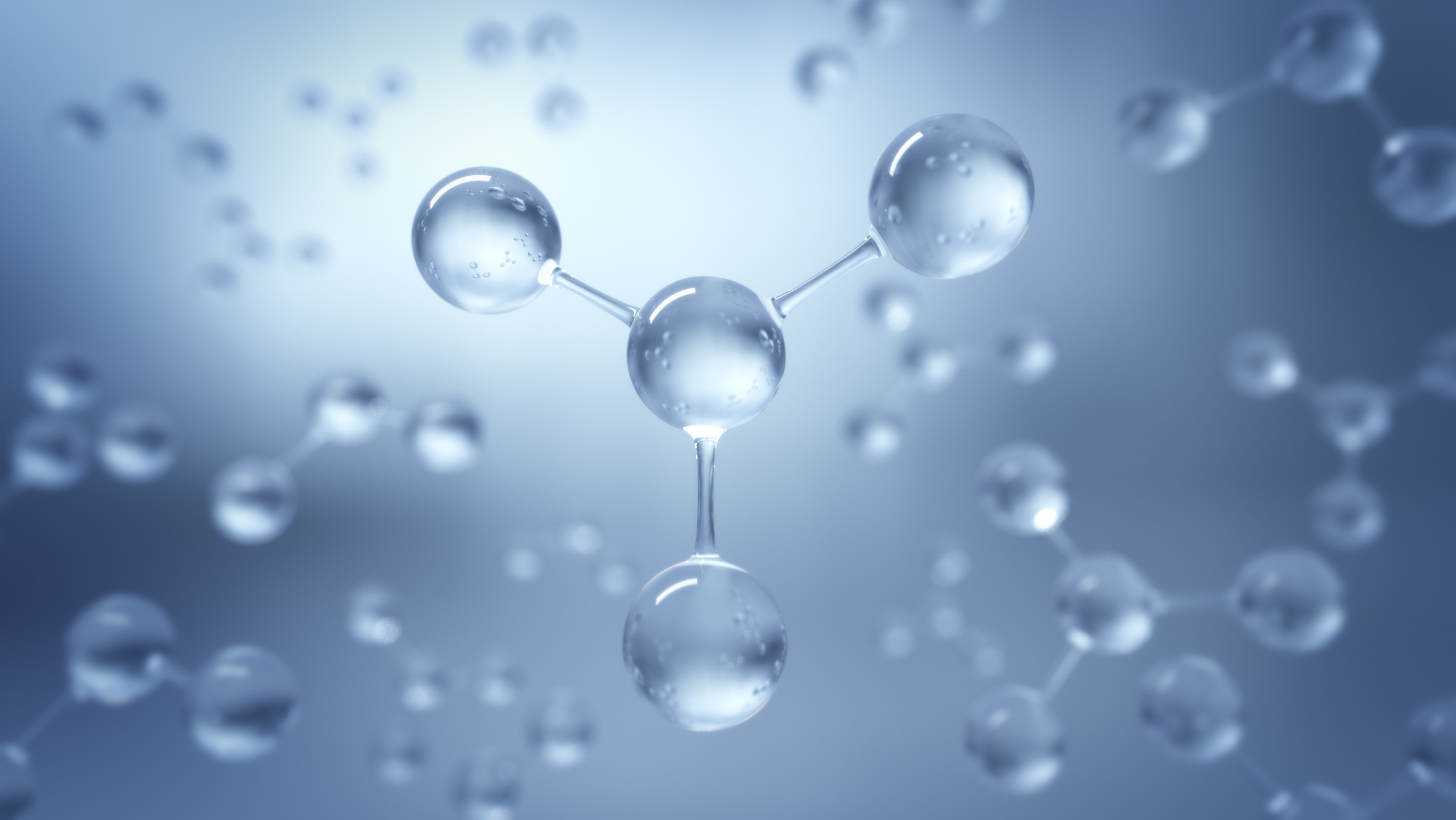NEW
Ozone, a sustainable alternative for disinfecting crops
10 January 2022Ozone, a sustainable alternative for disinfecting crops
- Its use for disinfecting materials and irrigation water reduces the waste generated and avoids the use of pesticides
- At NEIKER we are evaluating the best methods for the application of this gas in tasks of cleaning and disease control in the agriculture sector
Ozone is part of the oxygen we breathe and has properties that, depending on the technology used to produce it, make it a resource on the rise in sectors such as agriculture, principally for disinfection purposes, for example, in greenhouse crops.
Nevertheless, its biocidal action affects not only microorganisms that are harmful to crops, it can also be a risk to those that are beneficial to the plants. Due to this, its application is currently very closely controlled in Europe, where its use as a protection product to control pests and disease in plants is still at the experimental stage and restricted by the main authorities.
At NEIKER, with our experience in the study of this gas, we are evaluating the most suitable methods for the application of ozone not only in disinfection, but also in pest and disease control.
“When we talk about ozone in agriculture we can not generalise, as each method or production system of this gas presents different characteristics and produces different concentrations of ozone. Furthermore, these methods, in addition to ozone, produce other reactive oxygen species (ROS). Therefore, we must always speak of the efficacy of the method, not of ozone in itself”, explains Amaia Ortiz, head of the Plant Protection and Production Department at NEIKER.
At the moment the use of ozone in agricultural processes is limited to the disinfection of post-harvest processing machinery, water for washing vegetables or cleaning warehouses, among other applications. “Many of the ozone production methods are recognised and authorised for use in the cleaning and disinfection of irrigation equipment, materials and accessories in organic farming”, add Amaia Ortiz, who specifies that its high cost in open-air applications, up to €1000 per hectare, is limiting its application in larger crops.
In addition, the disinfection of agricultural and irrigation materials with ozone can have significant benefits such as the reduction of waste and the opportunity to do away with pesticides, leading to more sustainable agriculture.
Pest and disease control
In addition to studying its efficacy in disinfecting materials and irrigation water, we are evaluating and analysing the ozone produced for the control and eradication of pests and disease in agriculture, making use of the environmental conditions on the Cantabrian coast, where the cool and damp conditions during a good part of the year favour the development of pathogenic moulds and the emergence of disease.
“We have carried out tests, at the experimental stage, on 12 hectares of various crops, both open-air and in greenhouses to evaluate the best ozone application methods in disease control. But we do not yet have conclusive data on its benefits in these tasks”, add Amaia Ortiz.
As the expert concludes, any product, technology or method that reduces the use of conventional plant protection products would be a significant step forward for crop sustainability.



